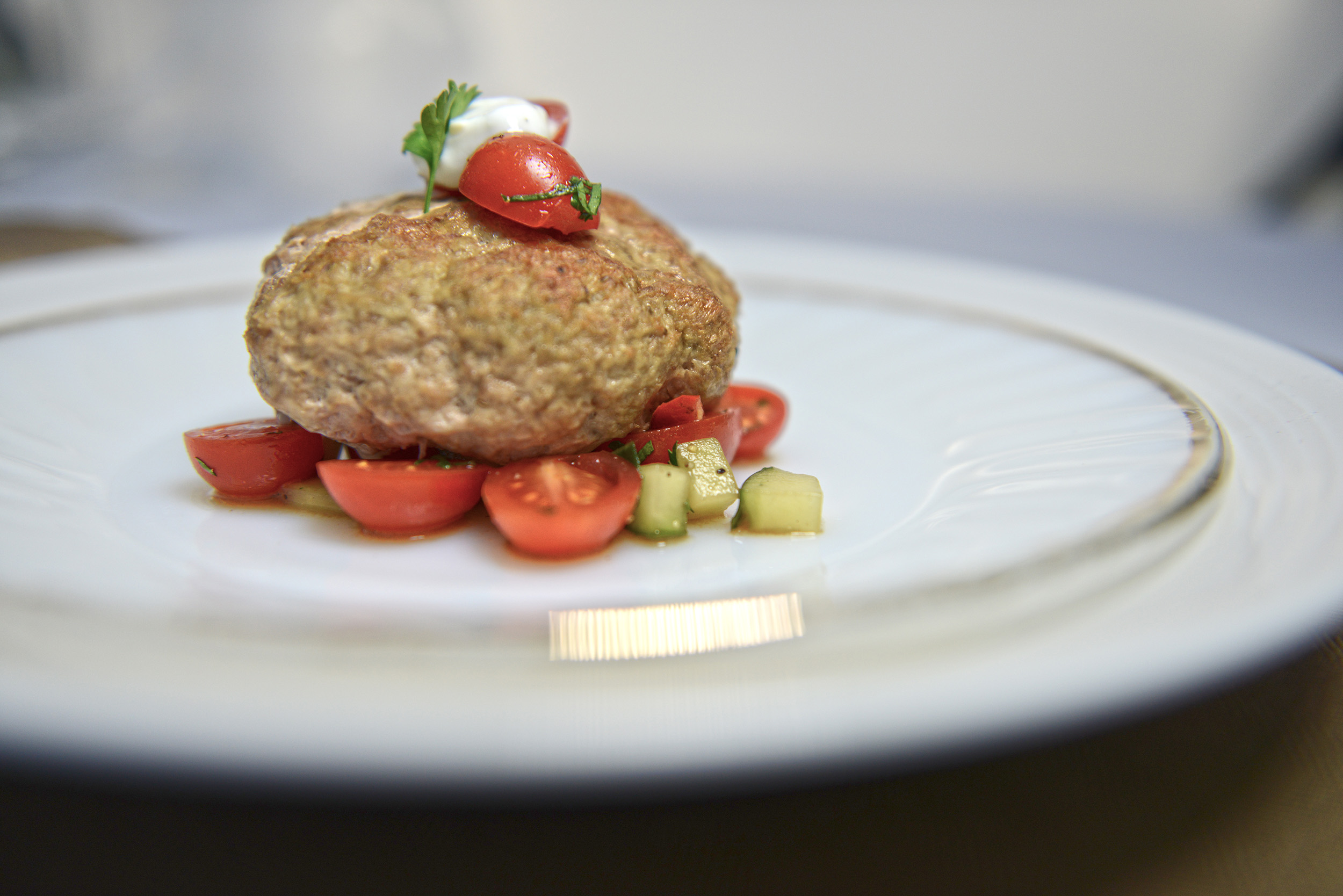Duodenum – Structure, function, and role in weight-loss
The duodenum lies at the beginning of the small intestine. Together with the jejunum, and the ileum it forms the small intestine. It is connected to the stomach above and the jejunum below it. When food enters the duodenum, there are multiple feed-back pathways and nervous reflexes that will affect how fast the stomach empties as well as the secretion of other hormones.
The Duodenum as an Initial Mixing Pot

Structure
The duodenum is short in length, approximately 12 inches long. The portion closest to the stomach is called the duodenal bulb. This is one of the most common locations duodenal ulcers occur. The duodenum ends at the point where it makes an abrupt curve at the Ligament of Trietz which also marks its transition to the remainder of the small intestine.
Role in digestion
The duodenum plays an important role in regulating the emptying of stomach contents into the small intestine. When chyme enters the duodenum, it acts as a stimulant for the release of secretin and cholecystokinin which are released by the epithelial cell walls of the duodenum. This in turn acts as a signal for the release of bile from the liver and digestive enzymes from the pancreas. Thus, the process of enzymatic breakdown of food in the duodenum begins.
Absorption of iron occurs primarily in the duodenum and upper jejunum. Apart from iron, Vitamins A and B1, calcium, glycerol, fatty acids, monoglycerides, amino acids, monosaccharides, and disaccharides are absorbed in the duodenum.
The reason why patients who have undergone laparoscopic gastric bypass have to take iron supplementation is because the duodenum is also bypassed during this procedure.
Duodenum and Type 2 diabetes
Recent research points to an interesting correlation between gastric bypass surgery in which the duodenum is bypassed and Type 2 Diabetes. A large proportion of patients, approximately 80%, that have this surgery are cured of the condition. This leads to a hypothesis that there are certain chemicals released by the duodenum that are absorbed into the body directly through the jejunum and the ileum and these chemicals induce insulin resistance in the body.
Duodenum and Diabetes

The exact role of the duodenum in weight-loss is still controversial. There are a number of studies that demonstrate that patients who do not have their duodenum bypassed, for example patients who have a laparoscopic gastric band or laparoscopic gastric sleeve, also have resolution of their Type 2 Diabetes as long as they lose weight. On the other hand, there are other doctors who suggest that gastric bypass should be performed for diabetes cure as its primary intent. This rationale is why weight-loss surgery is now commonly called metabolic surgery.
It is likely that resolution of diabetes has something to do with both weight-loss and some still unknown function of the duodenum. Patients who have had weight-loss surgery where there duodenum was bypassed, must be certain to follow their diet and exercise plans in order to make sure that they have a long lasting result. It is possible that if weight is regained after an operation where the duodenum was bypassed, then the diabetes can come back as well.
Anatomy
The duodenum consists of four parts – the first or superior part is a continuation of the duodenal opening of the pylorus. The second part begins where the duodenum begins its descent and is the entry point of the pancreatic duct and the common bile duct. The third part of the duodenum is positioned horizontally. The fourth or the ascending part terminates at the point where the duodenum meets the jejunum.
The duodenum is supplied by arterial blood by the gastroduodenal and pancreaticoduodenal artery.
Conditions affecting the duodenum
The duodenum, part of the small intestine and the gastrointestinal tract, can be affected by various conditions.
The duodenal region is where most cancers of the small intestines develop. More specifically, this happens at the point where the bile and the pancreatic ducts empty into the duodenum.
Crohn's Disease usually affects the lower region of the small intestine. But it can also affect the duodenum. This chronic inflammation of the intestines is often hereditary. Rectal bleeding, fever, weight loss, and joint pain are symptoms of this condition.
Duodenal peptic ulcers although generally benign can be extremely painful. These are associated with the GI being infected by the spiral-shaped bacterium, Helicobacter pylori. The underlying cause is the erosion of the mucosal lining of the small intestine due to over-secretion of stomach acids. The pain usually begins two – three hours after food and can keep patients awake at night. Risk factors for duodenal ulcers include alcohol, smoking, and radiation therapy.


